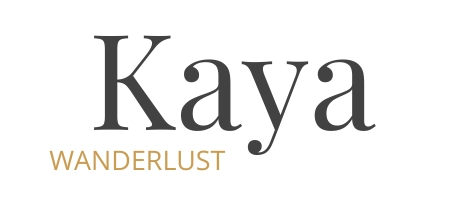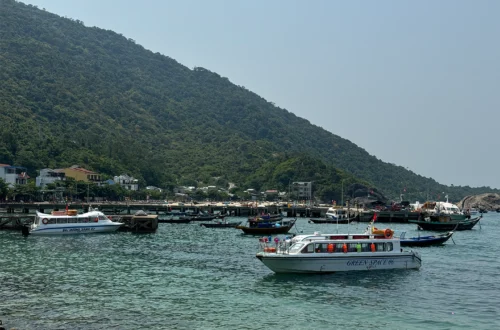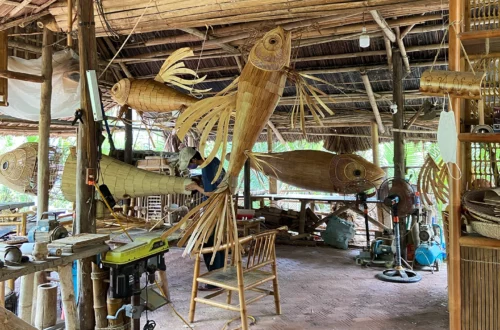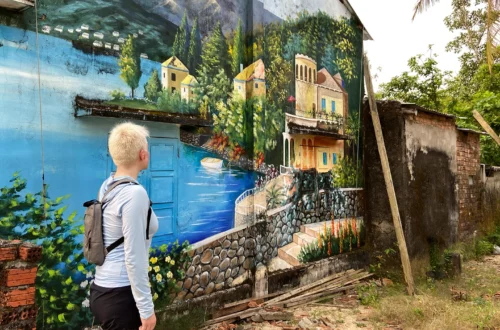
The hidden Hoi An most people don’t get to see
To see what people usually don’t see you have to get up at a time most people aren’t awake yet. To learn about the hidden Hoi An, about the people who keep the city running and the places tourists, travellers and even most locals don’t ever get see you have to find a local who knows these places and people and is passionate to share the “behind the scenes” of his culture and community with you.
I was picked up at 4:30 AM and even though I had informed the family I was staying with about that the front door and front gate were both locked. Not wanting to wake up the families grandfather sleeping in the front room I had to find a way to sneak out of the house.
When my driver and I arrived at the meeting point we weren’t the last ones, as two other travellers had had to climb over the fence of their hostel to get out at this time in the morning. Once everyone was there Ha introduced himself as our guide for the morning. Then we went on our way through empty streets, each on the back of a motorbike.
Noodle Factory
The first stop on the tour, at about 4:45 AM, was a Cao Lầu noodle factory. Well “factory”…
This over 200 year old workshop and only a hand full other workshops make all the noodles for the famous and well loved dish of Hoi An. Everyone who has been to Hoi An knows Cao Lầu, but almost nobody knows how the noodles of this famous dish are made.
As you can see in the video every step is done by hand and only small batches of noodles get steamed at a time, despite these few places supplying the noodles for the entire city every day!
This is a part of Hoi A most people don’t get to see (around the time we visited they were half way done already), but I’m grateful I did. So much hard work and dedication goes into keeping the spirit of Hoi An alive.
Hopefully they can either find a successor or these families manage to industrialize the process, as the younger generations don’t show much interest in the craft at the moment. Which is understandable, since it’s hard work and earns barely enough to live off. But without these workshops and the knowledge passed on through generations a part of Hoi Ans identity will be lost forever.

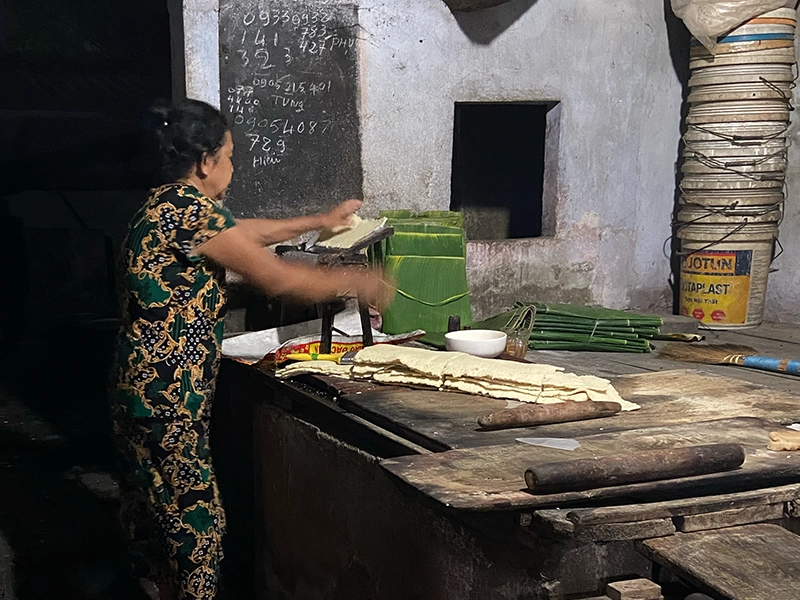
Fish Market
As the sun began to rise we drove a ways out of the main city of Hoi An, towards Duy Hải. Since the journey took about 25 minutes the main run of the fish market was already over, but some fishers were still coming in with their catch. All around the market the fresh fish and seafood is sold right off the boats.
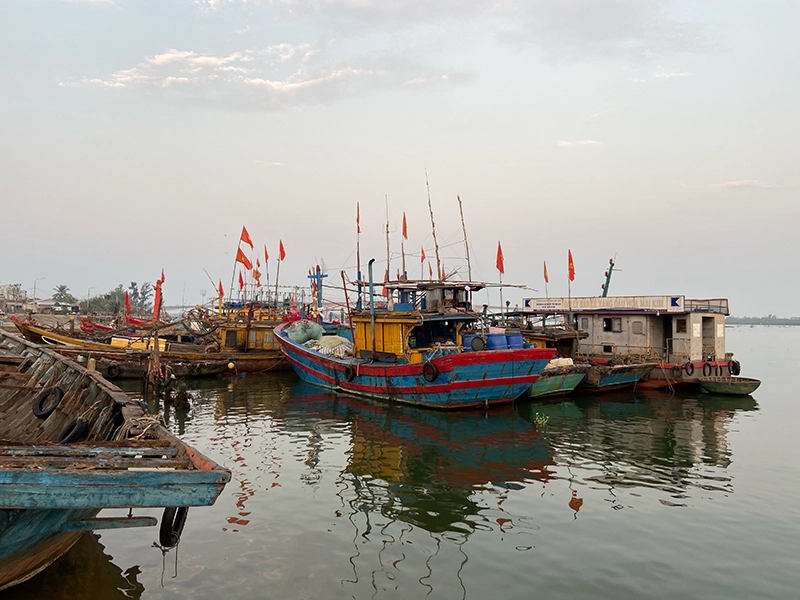
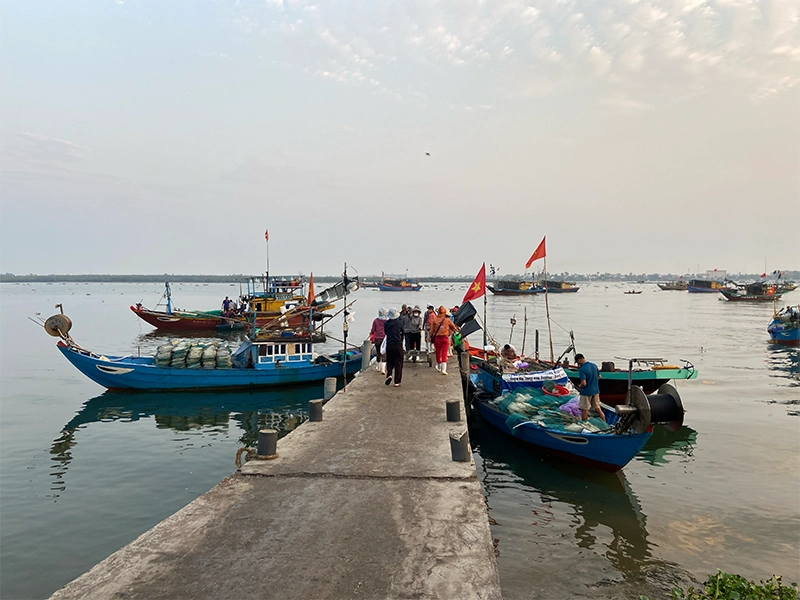
Before we went to the next stop we stopped for a Banh Mi on the side of the road.
Fish Sauce Factory – Hidden Hoi An
Not far from the fish market we visited a fish sauce factory. Fish sauce or “Nước mắm” is very popular in Vietnamese cuisine. During the production the fish is first left to ferment with lots of salt (roughly a 1:3 ratio) in concrete tubs, covered with roof tiles. These tubs cover the entire front yard. Once the fish is fermented (between 4 and 6 months) it’s transferred into large wooden barrels in their warehouses. The weight of the fish presses down and the fish sauce is naturally extracted over months by a small hollow stick at the bottom of the barrel.
After the extraction is completed the sauce is boiled and filtered, before it gets filled into different sized bottles. This entire process, from fish to fish sauce, can take up to 12 months.
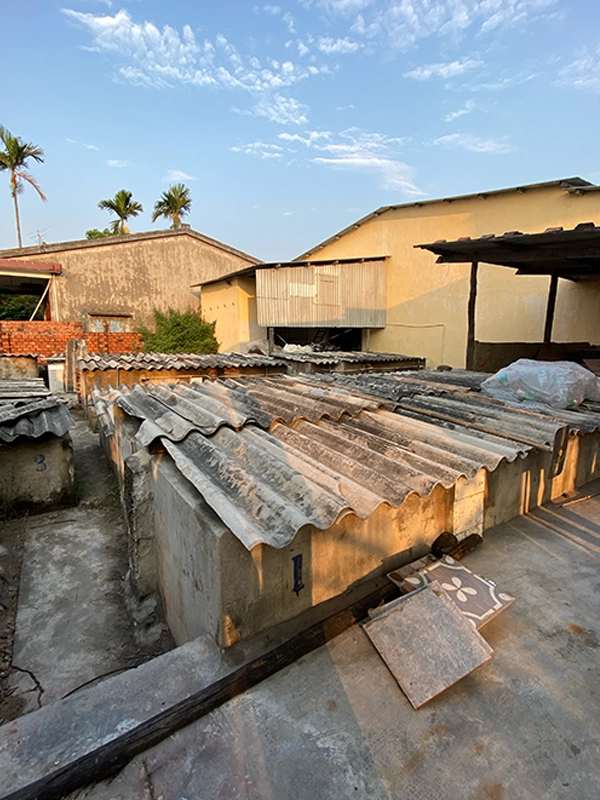

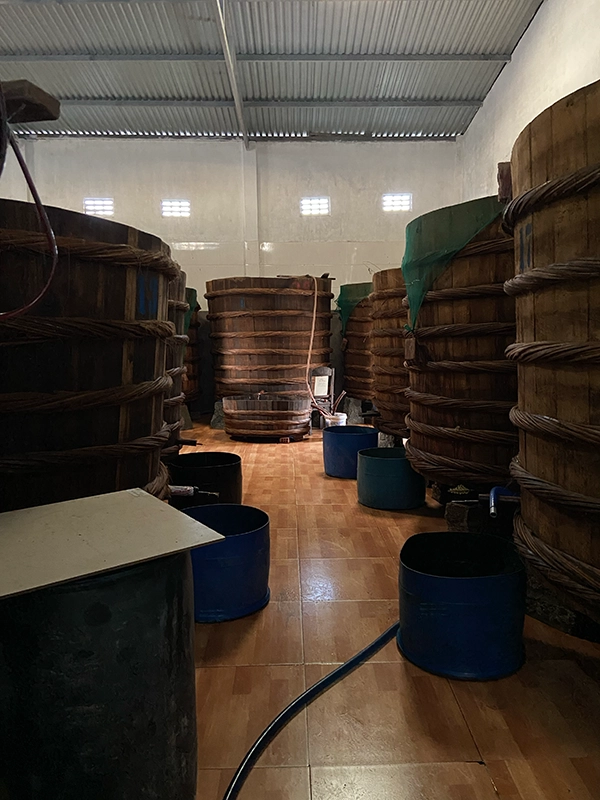
Coffee Roastery and Repair
At around 7 am we arrived at Cavalry Coffee. Now, Cavalry Coffee isn’t the only coffee roastery in Quang Nam by far, but they are the ones everyone calls when they need repairs done on their roasting machines. The owner and founder Lê Văn Lương (in the picture on the bottom left) build his coffee roasting machines by himself (because ordering them from abroad is incredibly expensive).
After learning about the roasting process we got an explanation about the favorite Vietnamese coffee “Cà phê phin”, tried it by itself, then got to choose what kind of speciality coffee we would like to drink. I went for salt coffee.
Our group caused amusement, because one of the Australians was so tall that he could load the roasting machine without any aids.
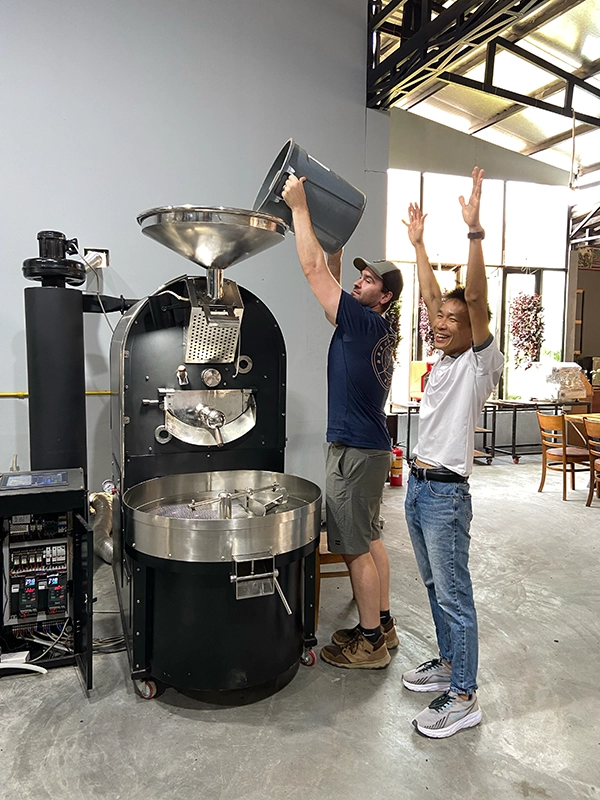
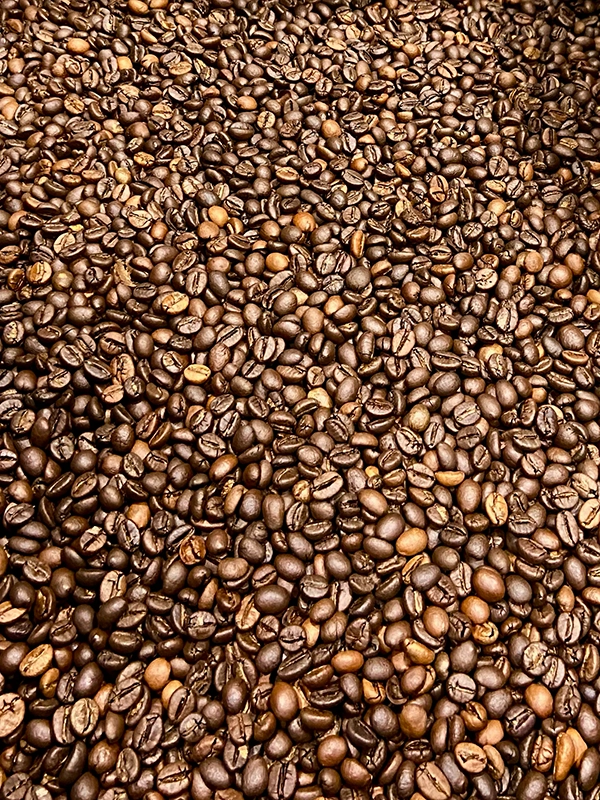
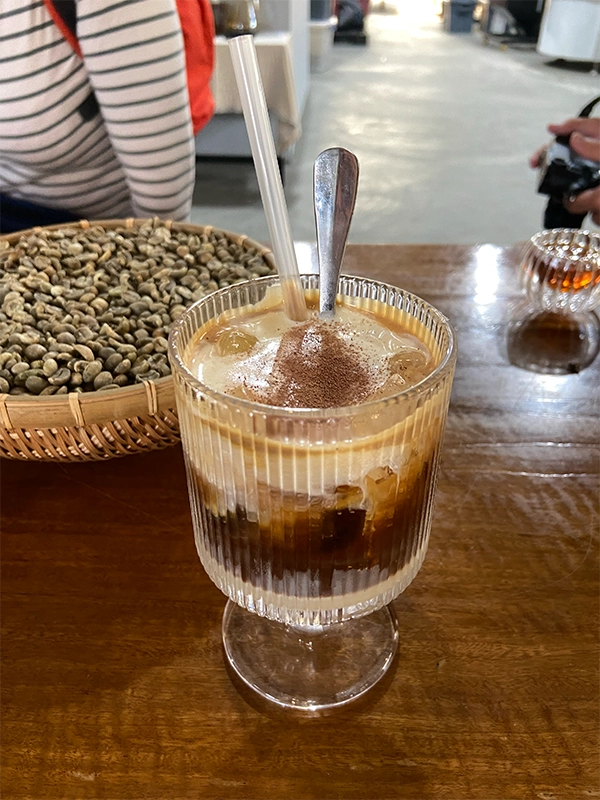
Fish farms
As a more sustainable option compared to excessive fishing some people have started fish farms. They focus mainly on the most popular fishes people like to eat in Hoi An and around to supply them to bigger hotels, restaurants and resorts. The families owning these fish farms live on the river, right next to their farm (picture bottom left).
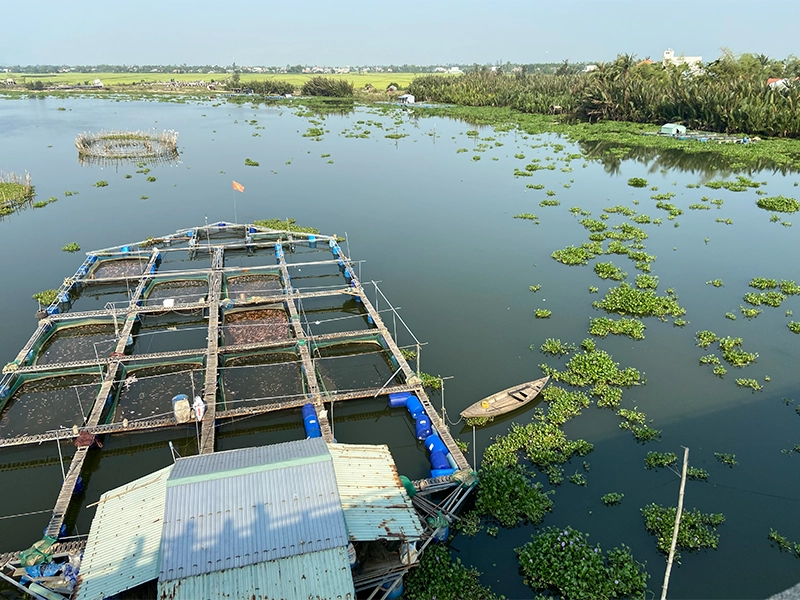
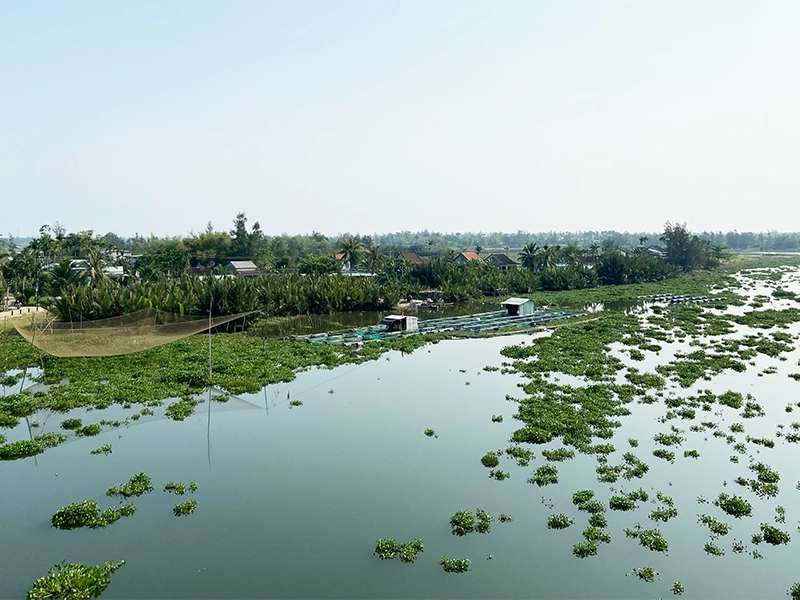
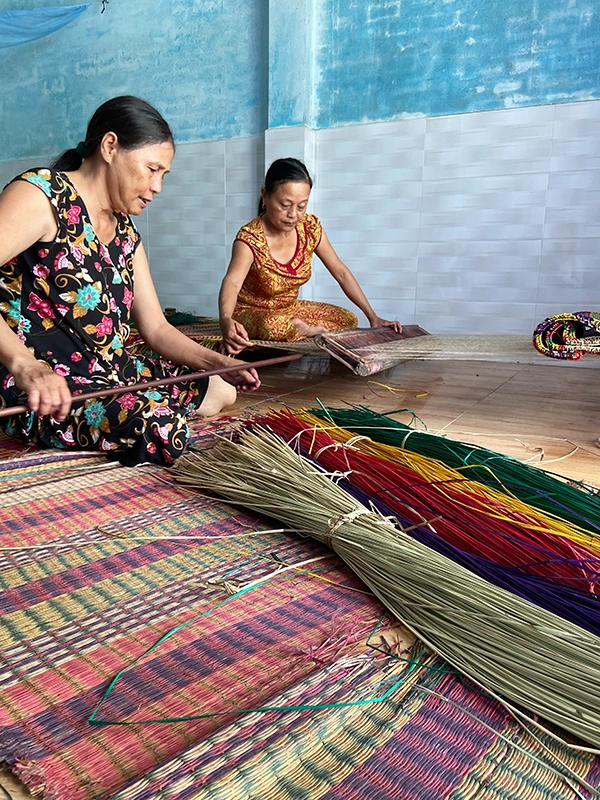
Straw Mat Weaving
After the coffee our guide took us to the house of two sisters who do traditional straw mat weaving. These two sisters work and live together, weaving mats from coloured straw. They will be the last generation in their family doing so since only one sister has had a child and they moved to the city.
Straw mats take a long time to weave and don’t sell for much, especially since most people have turned towards modern mattresses to sleep on instead.
Straw mats were often used by people in flooding areas since they dry and can be replaced relatively easily compared to a thick, stuffed mattress. As these two women live close to the river their house floods regularly, up to the height of the tiles.
Rice Wine Distillery
The last stop on the tour was a local rice wine distillery. This family operates a small workshop style distillery where they produce rice wine. The owner also has an extensive collection of rare rice wine, which he offered us to try after explaining the process of rice wine making.
First the rice is cooked and mixed with yeast powder, then heated in an industrial oven. Afterwards it gets stored in buckets to let it ferment for a few months. Once fermented the now alcoholic rice water mixture is distilled in a pot-still-like contraption, then filled into jars with various additions to give it flavour.
Some of the additions (like seahorse, scorpion and cobra) are also believed to have medicinal properties: Usually connected with strength, fertility and stamina.
We got to try shots of over 15 different rice wine varieties and my favourites were honey, Vietnamese ginseng and coconut.
Of course when you drink with locals you inevitably learn their version of “Cheers!”, which is “Một, Hai, Ba, Dzô!” in Vietnam.
After about five hours exploring the hidden Hoi An that most people don’t get to see we were dropped off at our hotel or homestay again. Ha makes sure to support local crafts people and artisans with his tours and shows his passion for his country and its culture. This tour really gave a unique insight into the rural life in Hoi An, the people behind the city, so to speak.
Hidden Hoi An – Tour Details
You can book the experience on AirBnB and see all available dates: Hoi An Hidden Gems for Early Risers
Or, if you don’t want to give AirBnB the 30% commission, you can book directly with Ha Nguyen on WhatsApp under +84 707 886335. Greet him from me if you do!
Would you get up a 4 AM to see the otherwise hidden parts of a foreign city?


